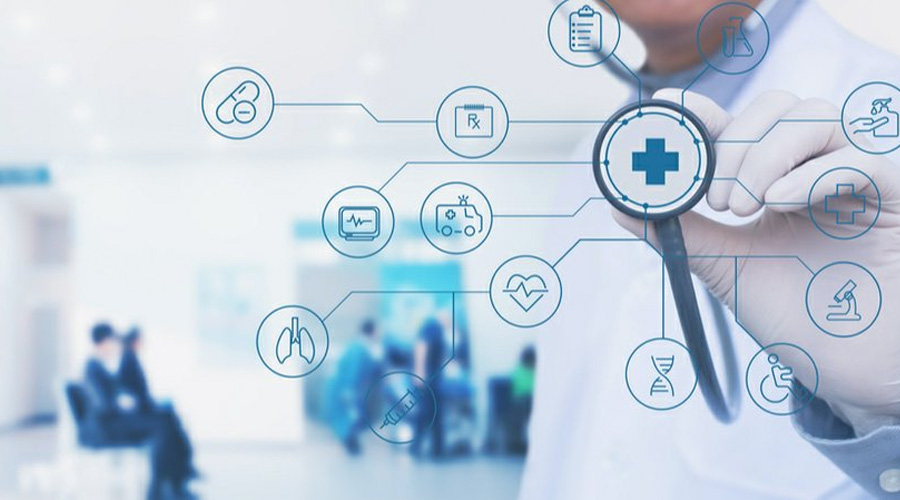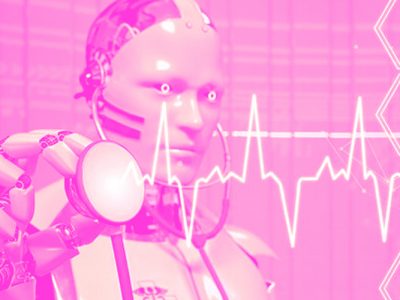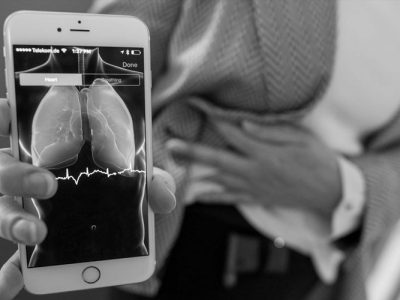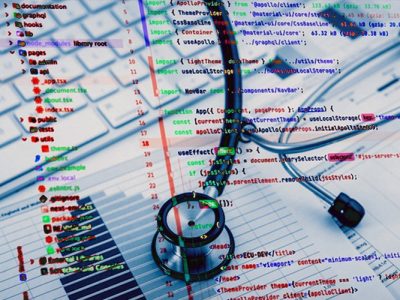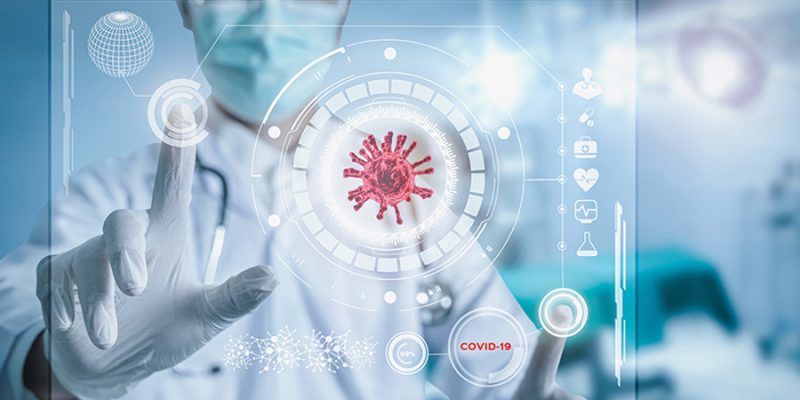
AI technologies and methodologies can aid policymakers and medical professionals in better understanding the COVID-19 virus and speed up treatment development.
Now that the bulk of the world has gone into lockdown, the scientific research community has gone into overdrive, trying to understand the nature of the COVID-19 virus, how it spreads, and develop a vaccine. The fact that technological advancements are being produced, is a little-known reality. Since the beginning, Artificial Intelligence (AI) has been silently working behind the scenes, to assist and overcome the limitations of human comprehension, in this massive effort. In this article, I’ll show you some examples of how this may be done in several ways.
Ways in which AI is being used to restrict the spread of Covid 19
- AI techniques can aid in the detection of viral transmission networks, as well as the monitoring of larger economic consequences. In several circumstances, AI systems have proved their ability to infer epidemiological data faster, than traditional health data reporting. Interactive dashboards have been made accessible by Johns Hopkins University and the OECD (oecd.ai), to follow the virus’ progress through live news and real-time data on verified coronavirus cases, recoveries, and fatalities.
- Early warning systems powered by AI can assist in the detection of epidemiological patterns, by mining mainstream news, online content, and other information channels in multiple languages, to provide early warnings, which can supplement syndromic surveillance and other healthcare networks and data flows (e.g., WHO Early Warning System, Bluedot).
- To control the development of the disease and understand how it spreads, a quick diagnosis is essential. AI might aid in the quick diagnosis of COVID-19 patients when applied to photos and symptom data. To ensure scalability and accuracy, data that is representative of the whole population must be collected.
Machine Learning for a Large Volume of Data
The major driving factor behind AI is machine learning, as it is termed. In essence, machine learning learns to find patterns in vast volumes of data (known as Big Data). This allows it to forecast future events, and uncover additional data insights. It may be feasible to forecast the number of people over 60 years olds, who will die from COVID-19 in a particular nation. As the following examples demonstrate, these predictions may be given a high level of confidence by using huge volumes of data.
AI for Understanding and Tracking Covid- 19
After the first incidence of coronavirus was discovered in China on December 31st, 2019, a Canadian AI business named BlueDot, built an AI algorithm that notified the globe about the virus. This tool was created to anticipate the spread of infectious illnesses, as well as to find and monitor them. It works by integrating AI with epidemiologists’ expertise, of how to seek evidence of new illnesses and where to look for it. BlueDot analyses approximately 100,000 records every day in a variety of languages and sends out frequent notifications to clients in health care, government, industry, and public health. The warnings include a quick rundown of unusual illness, outbreaks found by its AI algorithm, as well as the threats they may bring.
Reducing Hospital Staff Workload with AI Image Scan Analysis
Testing has become a critical problem in the fight against COVID-19. Countries like South Korea and Germany have been judged effective in dealing with the virus, as a result of significant testing undertaken in such countries. As a result, health officials aim to increase the number of individuals who get tested, but the most prevalent testing methods are time-consuming and labor-intensive. AI is rapidly assisting other sorts of testing, such as x-ray scanning. Several artificial intelligence (AI) systems for chest screening are now available, and they can detect lung abnormalities in a chest X-ray picture, and provide a COVID-19 risk assessment much faster than human radiologists.
The Contact between Humans is being Minimized by AI-driven Robots
In recent months, several AI-based robots have been developed to aid in the COVID-19 fight, by lowering patient-to-health-care worker interaction and therefore reducing the danger of cross-infection. To reduce the danger of cross-infection, Chinese companies are deploying drones and robots to make contactless deliveries, and spray disinfectants in public locations. Other robots are monitoring for fevers and other COVID-19 signs, as well as administering hand sanitiser foam and gel. To reduce touch with human employees, robots are also utilised to give meals and medicine to patients, as well as sanitise rooms.
Contact Tracking Apps
Contact-tracing applications are already widely used in Asia, in nations such as China, Hong Kong, Singapore, and South Korea; however, they are also being utilised in other regions of the world, including India, Italy, and Israel, and development in other nation-states is ongoing. They function in a variety of ways, but they all rely on the fact that smartphone users’ locations can be tracked, allowing them to identify proximity to other users. The danger of cross-infection may then be determined using AI algorithms, and users can be warned about it. For example, the British government is testing an app that uses the Bluetooth protocol to identify other smartphone owners that are near one another.


